You are what you eat. Uh oh!
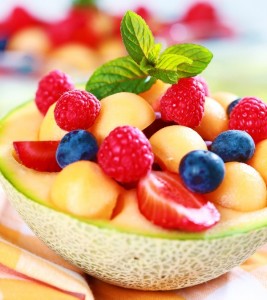
March is National Nutrition Month. What kind of fuel are you putting in your body?
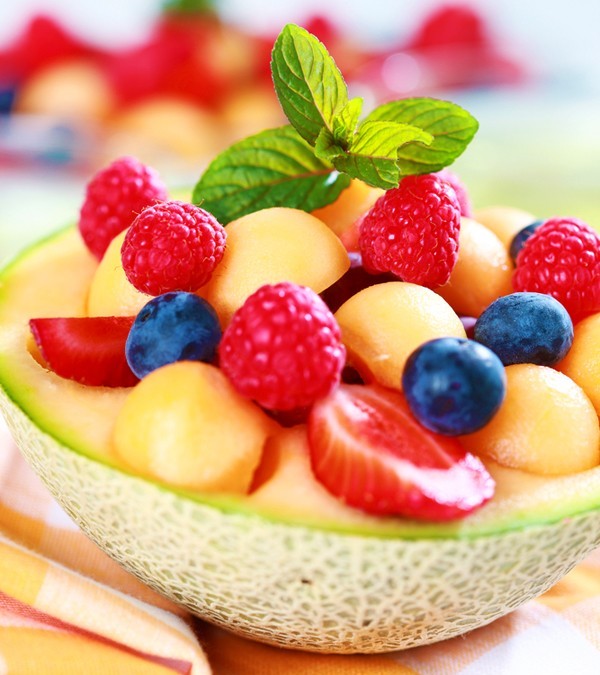 Did you know that fruit is a carb? How about that a chicken breast & a doughnut have about the same calories? But, boy, oh boy, do they get processed differently in your body.
Did you know that fruit is a carb? How about that a chicken breast & a doughnut have about the same calories? But, boy, oh boy, do they get processed differently in your body.
In celebration of March being National Nutrition Month, I thought it would be fun to start the week off with a blog about nutrition.
When I started my transformational weight loss journey, I didn’t know that fruit is a natural carbohydrate. And I was sketchy on details about good and bad carbs all together.
 However, I did know that the way I was living on a diet of mostly fast food and highly processed food was NOT good for me, was making me fat and unhappy, and that I should get smarter about what I was eating.
However, I did know that the way I was living on a diet of mostly fast food and highly processed food was NOT good for me, was making me fat and unhappy, and that I should get smarter about what I was eating.
In Dec. 2010, while attending weight-loss boot camp, we had a nutrition seminar and took a trip to the grocery to “get educated.” This is where I first learned that fruit is a natural carbohydrate (no kidding).
I also learned to look closely at the labels on the back or bottom of our food packages for all of the bad stuff hiding in processed food. Hidden sugars in juices, sauces, and even milk. Labels like “whole wheat,” “fat free,” and “low fat” on the front not really telling me the truth or giving me the full story of nutrition facts. All too often, when it comes to our food, the devil really is in the details. And those details are not always easy to find or understand.
It’s so easy to get confused. Yikes! What better time than National Nutrition Month to get educated about our food and how it affects our health. So I’m sharing my process.
When I started my weight loss journey, I had to get smart about what different foods did to my body and my ability to lose weight. This started with learning to read labels on everything until I got the hang of it and learned to avoid certain things all together.
It’s up to us to know what we are putting in our bodies for fuel because it’ is absolutely true, we are what we eat. When we fast food high in fat and bad carbohydrates and/or processed foods loaded with sugar, we get slow and sluggish. It’s like putting “bad gas” in our cars/systems (ha, no pun intended!). And, most of us, get fat and unhealthy from those high fatty, processed foods!
One of the most frequently asked questions I get since I shared my story on NBC TV’s The Biggest Loser, is: “What diet did you follow to lose all of that weight?”
In today’s blog, I’m answering those questions and sharing some tips that worked for me to lose 200+ pounds and nearly 50% of my body fat — getting lean and healthy for life.
Q. What diet did you follow to lose the weight?
A. I implemented a “fat loss” plan– meaning the goal was to burn stored fat and build muscle. That’s how I got so lean and dropped more than 200 lbs in 18 months.
Working with my nutritional coach, Leif Anderson, I learned that it mattered WHAT I put in my body, and WHEN, far more than just simply counting calories. My program was customized for my body by my coach.
My program started by getting educated about both nutrition and exercise and how they are intimately connected. And I DON’T mean starve the body and exercise more! I learned from my nutritional coach, the Metabolic Effect, and others — that food is more than just calories, it provides chemical information for the body. The Metabolic Effect explains it best: When you eat, your body releases hormonal signaling that determines whether you’ll burn fat or store it, feel hungry or full, and have cravings or feel more or less motivated to exercise.
Q. Specifically, what was your nutritional plan?
A. My nutrition included a high protein, low carbohydrate and low healthy fat diet. I counted macro-nutrients vs. counting calories. That means I counted the protein, fats and carbohydrates in my food, and exercised portion control by eating smaller, more frequent meals (usually 5x) throughout the day.
I ate mostly lean protein such as chicken, turkey, fish and lean sirloin; healthy fats like nuts, avocado and olive oil; very few starchy carbs (sweet potatoes, oatmeal), and more fibrous carbs — lots of green veggies, including spinach, broccoli, green beans, peppers, etc. I limited my sugar intake and ate very little processed food.
Most importantly, I got educated about my food for the first time in my life! I learned to read labels and look for those hidden sugars that would spike my insulin levels, or worse, make me crave sugar or carbs. To do this day, I am a religious label reader.
What was cool about the “diet” phase of my program is that I learned to love green vegetables, including salad, and fruit tastes like a treat. By shifting from totally bad stuff in my diet, to totally good stuff, I feel better and have developed a real taste for salad, where before I had myself convinced I didn’t like it.
Now, when I slip and put something “bad” — high fat, high carb or pure processed sugar in my body — I don’t feel good. It makes me feel sick AND crave more of the bad stuff. It’s like my body is telling me I just put in bad fuel and the engine won’t run right.
Q. How much and what type of exercise did you do?
A. My training program consisted of both cardiovascular exercise and strength training. I also incorporated High Intensity Interval Training (HIIT).
My exercise program varied in relationship to where I was in the process of losing weight and in conjunction with my nutrition. I was surprised (and happy) that I only needed to do 20 min of cardio 4-5x per week when I first started and still weighed way over 300 pounds. That’s because that’s all I needed for my body to drop stored fat and build muscle, and we kept at it in a steady state so I didn’t plateau or stall out.
The high level basics of my training during fat loss (diet period): I worked out with a personal trainer and, on average, did cardio about 5-6 times per week and strength training 3-4 times per week — most weeks. I always had a rest day. And please note, I did NOT exercise 6-7 hours a day (only for the very first two weeks during weight loss boot camp) or even 2-3 hours per day. I worked it into my life and I still lost 200+ pounds in 18 months!
As I became stronger and smarter about moving my body, I was able to incorporate high intensity training and get more bang for my workout time. Today, my cardio is most often fast walking or hiking, and I do strength training routines about 4x per week. Although just like in my fat loss mode, I change it up.
This winter, I worked out at my local community center and in my living room with the Biggest Loser videotapes. The key is to do something you love and that you’ll do consistently. And to understand more is not always better/best.
Here are some nutritional principles I implemented that may help you get started:
- Ditch fast and processed food. I did and it might be the best thing I did to both lose weight and get healthy. I used to eat 2-3 BIG burgers at a time at McDonalds. And I haven’t put one ounce of fast food in my body in nearly five years. During my diet phase and to this day, I eat mostly all whole, natural foods and very little processed food.
- Cut out soda, juices, and the sugar-filled energy drinks. Know what you are drinking that adds “bad” calories and spikes your insulin. Soda and juices are filled with sugar. I used to drink a case of diet coke in a few days. I haven’t had a diet soda in nearly 5 years and I honestly don’t miss it, at all!
- Get educated about food by reading labels and articles about the science behind how different foods affect your body. It was one of the best things I did early on, and I keep reading and learning. Many people, like me, who have struggled with weight their whole life have compulsive eating and/or food addiction issues. There is lots of great research on these subjects. I had to admit it, get smart about it, and ultimately, cut out the refined sugar. (See my blogs on this topic below.)
- Find a diet program that works for YOU & follow it. I used to think there was only one way to lose weight — my way — because it worked so perfectly for me. The truth is that the diet that works best for you is the right one (as long as it’s safe). I’ve seen people have success on diets that I personally struggled on. To me, the best plan is the one you think will work best for you. But then you have to go “ALL IN” and do it.
- Meal prep is a gift — especially if you don’t like to cook. I’ve never really enjoyed cooking or been particularly good at it. And cooking for one, well, it often didn’t make sense. Now, I prepare for the week by cooking in one fell swoop and packaging meals so I know exactly what I’ll eat for the week. Everything is in a grab and go container, measured perfectly, making it so easy to follow the plan! If I get the urge to try a new recipe or have friends over for dinner, I can always change it up. But I am also always prepared.
- Learn how to forgive yourself and RESTART. I failed on so many diets over the years because of my “head.” The internal messages I would give myself that ultimately sabotaged my success. This time, every time I slipped or fell off the program, instead of beating myself up and using it as evidence that I was a failure, I recognized that I’m human and got right back on the plan. I call this the RESTART and it is maybe the single most important skill I gained throughout the process.
Happy Nutrition Month everyone. Here are some other blogs I’ve written on nutrition, including a couple of fun quizzes to test your nutritional knowledge.
Here are some other blogs I’ve written on nutrition that may be helpful:
- Nutrition: Do you know the basics? Dec. 2014
- Sugar smarts. 10 sneaky sugar sources that sabotage weight loss Sept. 2014
- We overeat because we’re fat (NY Times Research) – May 2014
- Track it: Food and activity trackers – Jan. 2014
- Sugar turns you into a junkie – Dec. 2013
- Carbs trigger food cravings. Yep! – June 2013
- Shopping to eat healthy & stay on track — Jan. 2013
- Food and addiction. Research and hope. Yes! — Oct. 2012
- Think twice before that glass of wine with dinner — Aug. 2012
- Step away from the refrigerator (my battle with food cravings & emotional eating) — July 2012
- Nutritionally sound. Healthy as a horse?! – Dec. 2011


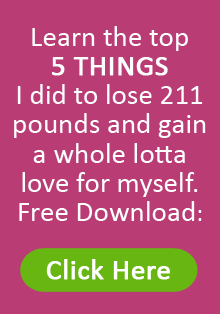
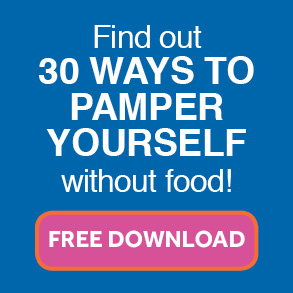
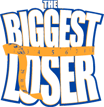


Ha! I was just going to eat a 20gram fat Texas cinnamon roll out of the vending machine where I’m working and your blog post showed up on my phone! Thank you for the boost this morning. Its worth walking across the street for a better choice. Have a great week!
Awesome, Megan. Glad I could prevent the Fat Texas cinnamon roll. Out of a vending machine I bet it wasn’t that good. You rock. Thanks for the post and Happy St. Patty’s Day!